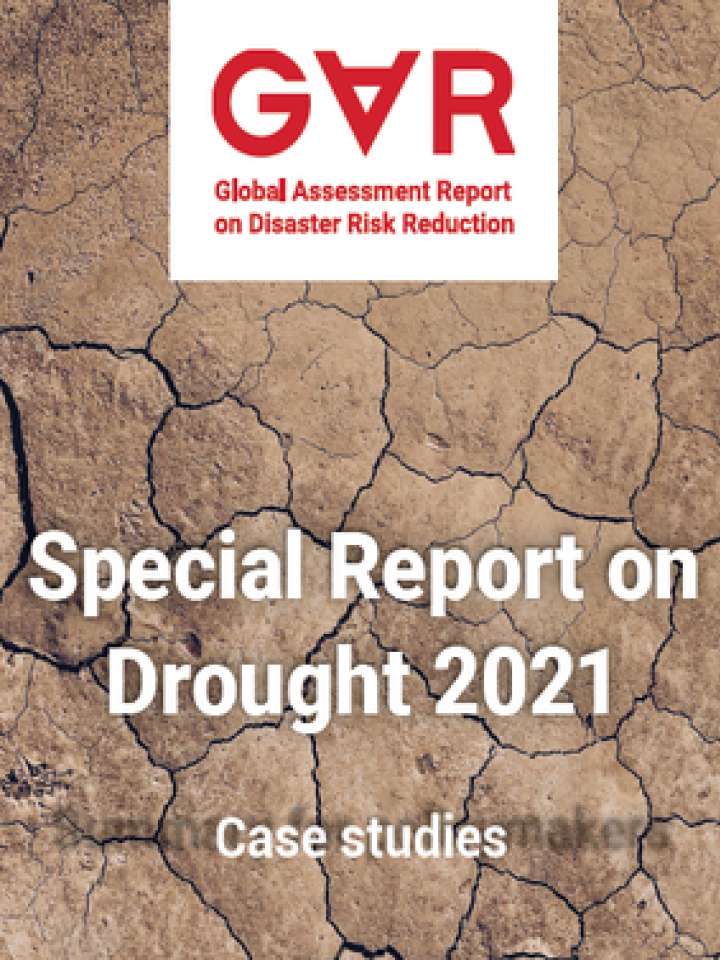Australian droughts and progression in drought risk management
Title in original language
Australian droughts and progression in drought risk management
Key messages
- Drought has long been regarded as a key recurring feature of the Australian landscape with impacts on our agriculture and food systems and, especially in the past, on the nation’s income (recent Australian Bureau of Agricultural Resources and Sciences (ABARES) data predict a 74% decrease in farm cash receipts for FY20 compared to FY 19 attributable to the drought (Martin and Topp, 2020). Severe droughts (in terms of the land covered and length of below average rainfall) are part of our folklore and have led to significant impacts on livelihoods, health, and the national economy. It has also led to major infrastructure investment, including so-called ‘drought proofing’ schemes and similar attempts to withstand future droughts. But each drought still seems to come as a new surprise (in part because no two droughts affect the same areas for the same period of time - each having some unique characteristics).
- Some key areas of impact recur including urban and peri-urban water supply, reduced yield, productivity and profitability from cropping systems and especially rainfed systems, major and prolonged impact on rangelands and livestock with accompanying land degradation, and irrigation system shortfalls and allocation dilemmas.
- The societal and policy response leads to trade-offs including:
- Infrastructure investment that includes a funding transfer between sectors and across generations (future generations benefit from large investments now;
- Tax and investment and arrangements for some specific sectors (even in the FMD1 scheme if a certain proportion of income is off-farm you are ineligible);
- Mitigation arrangements not uniformly adopted – those that have not used them may be more likely to receive aid. Government policy has changed away from in-drought support to encouraging preparedness.
- The underlying system is changing due to climate change. In Australia, we have observed:
- Step reductions in growing season rainfall in southern Australia particularly WA, SA and to a lesser extent Victoria;
- Rainfall increases in north-western Australia; and
- A technology / adaptation response that has then followed.
- There is evidence of effective financial adaptation to drought risk:
- Higher level of use of financial instruments prior to last drought;
- Better debt structure across Australian farms prior to last drought;
- Each drought sees significant off-site impacts and transferred risks:
- Increased loss of soil from wind erosion, sedimentation and pollution of wetlands, reef systems, estuaries;
- Blue-green algal blooms;
- Wild fire;
- Value chain / supply chain impacts:
- Destocking and delays in restocking impact on the supply into abattoirs and delivery to and maintenance of export markets;
- Assured supply expectations (eg. from farm or farm businesses to supermarkets) fail or weaken and/or there is a transfer of opportunity between suppliers;
- Failure of regional non-farm businesses due to less capacity to buy in the region and/or downturn in regional industries such as tourism.
This case study is a contribution to the GAR Special Report on Drought 2021.
Explore further
Hazards
Drought
Country and region
Australia
